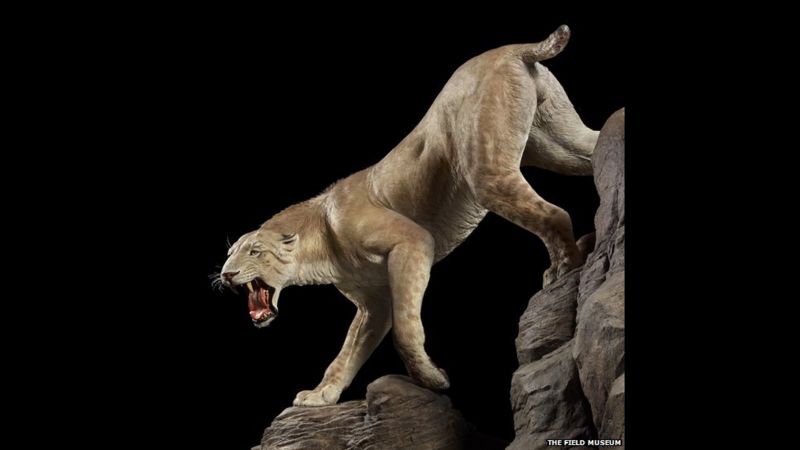

Los primeros grupos humanos en el Centro de México J. Ríos Allier An Overview of Late Pleistocene Faunal Research and the Early Peopling of Mexico Eduardo Corona-M.

Cuevas Prehistóricas de Yagul y Mitla en los Valles Centrales de Oaxaca, los cazadores-recolectores y el origen de la domesticación de una dieta mesoamericana Jorge L. Chatters A Focus on Mexico 2 Underwater Archaeology and Prehistory: the Case of the Cenotes in Mexico Joaquín Arroyo-Cabrales et al. This publication was made possible thanks to the ongoing support to the World Heritage Thematic Programme HEADS by the Government of Puebla.Ĥ Table of Contents Foreword Mechtild Rössler Director of the UNESCO World Heritage Centre Foreword Nuria Sanz Head and Representative of the UNESCO Office in Mexico Introduction Nuria Sanz Head and Representative of the UNESCO Office in Mexico A General Focus 1 The Applicability of World Heritage Criteria for the First Populations in the Americas Robin Dennell The First North Americans: the State of the Art, 2014 James C. Supervision, editing and coordination: Nuria Sanz, Editor, Conception, World Heritage Thematic Programme HEADS and Director, UNESCO Office in Mexico Chantal Connaughton, UNESCO Office in Mexico Anjelica Young, UNESCO Office in Mexico Rachel Christina Lewis, UNESCO Office in Mexico Carlos Tejada, UNESCO Office in Mexico José Pulido-Mata, UNESCO Office in Mexico Coordination of the World Heritage Papers Series: Vesna Vujicic-Lugassy, UNESCO Culture Sector Graphic design: Rodrigo Morlesin, UNESCO Office in Mexico Cover design: Rodrigo Morlesin, UNESCO Office in Mexico Printed by Fotolitográfica Argo, S.A. Photos and images presented in the texts are the copyrights of the authors unless otherwise indicated. View to the north Roberto Chavez Arce / Grupo HN From left to right: Puntas cola de pescado (fishtail points) Rafael Suárez Santa Elina site, Serra de Araras, Brazil Adriana Schmidt Dias Hombre de Chimalhuacán I J. Cover Photos: Top photo: Hoyo Negro sinkhole.

The ideas and opinions expressed in this publication are those of the authors they are not necessarily those of UNESCO and do not commit the Organization.
#Diferencia entre el mastodonte y el mamut license#
UNESCO 2015 ISBN This publication is available in Open Access under the Attribution-ShareAlike 3.0 IGO (CC-BY-SA 3.0 IGO) license ( By using the content of this publication, the users accept to be bound by the terms of use of the UNESCO Open Access Repository ( The designations employed and the presentation of material throughout this publication do not imply the expression of any opinion whatsoever on the part of UNESCO concerning the legal status of any country, territory, city or area or of its authorities, or concerning the delimitation of its frontiers or boundaries.

1 WORLD HERITAGE PATRIMOINE MONDIAL World Heritage papers 42 HEADS WORLD HERITAGE 5 Human Origin Sites and the World Heritage Convention in the Americas VOLUME I PATRIMONIO MUNDIAL United Nations Educational, Scientific and Cultural Organization World Heritage ConventionĢ Human Origin Sites and the World Heritage Convention in the Americas HEADS 5 VOLUME Iģ Published in 2015 by the United Nations Educational, Scientific and Cultural Organization, 7, place de Fontenoy, Paris 07 SP, France and the UNESCO Office in Mexico, Presidente Masaryk 526, Polanco, Miguel Hidalgo, Ciudad de Mexico, D.F., Mexico.


 0 kommentar(er)
0 kommentar(er)
